one year of native plant gardening in the Sacramento Valley
queerbychoice
14 years ago
Related Stories

NATIVE PLANTSPlant These Fall-Flowering Natives in Early Summer for Pollinator Love
These 3 groups of plants will support masses of beneficial insects come autumn
Full Story
NATIVE PLANTS5 Ways to Keep Your Native Plant Garden Looking Good All Year
It’s all about planning ahead, using sustainable practices and accepting plants as living organisms
Full Story
INSPIRING GARDENSNative Plants Bring 10 Southern California Front-Yard Gardens to Life
Rare plants, rain gardens and wildlife habitats are just a few of the features showcased on the 2016 Theodore Payne Native Plant Garden Tour
Full Story
GARDENING GUIDES8 Native Shrubs for Year-Round Bird Feeding
It’s not just about berries. These plants provide insects for birds and seasonal interest for gardeners
Full Story
GARDENING GUIDESGreat Design Plant: Snowberry Pleases Year-Round
Bright spring foliage, pretty summer flowers, white berries in winter ... Symphoricarpos albus is a sight to behold in every season
Full Story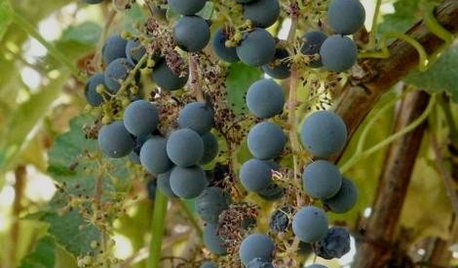
GARDENING GUIDESGreat Design Plant: Try California Wild Grape for Interest All Year
Sure, it’s stunning in fall. But the spring buds, summer grapes and gnarled winter vines are gorgeous too
Full Story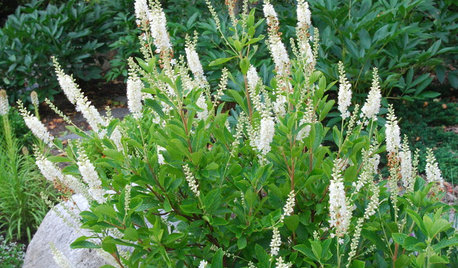
GARDENING GUIDESGreat Design Plant: Coastal Sweet Pepperbush Perfumes Gardens All Year
Bottlebrush blooms, gorgeous fall color and delightful fragrance give this U.S. native shrub 4-season appeal
Full Story
GARDENING FOR BUTTERFLIES3 Ways Native Plants Make Gardening So Much Better
You probably know about the lower maintenance. But native plants' other benefits go far beyond a little less watering and weeding
Full Story
GARDENING GUIDES9 Clay-Busting Native Flowers for Summer Sun
These plants survive and even thrive in tough clay soil east of the Rocky Mountains
Full Story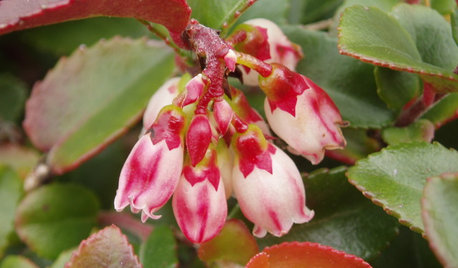
GARDENING GUIDESGreat Design Plant: Evergreen Huckleberry Appeals All Year
Spring flowers and summer berries are only half the story with Vaccinium ovatum, a versatile Pacific Northwest native plant
Full Story





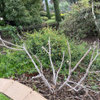
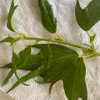
gobluedjm 9/18 CA
bahia
Related Professionals
Westwood Landscape Contractors · Goodlettsville Landscape Contractors · Rockville Landscape Contractors · Soddy Daisy Landscape Contractors · St. Louis Landscape Contractors · Weymouth Landscape Contractors · Goldenrod Landscape Contractors · Charleston Swimming Pool Builders · Drexel Hill Swimming Pool Builders · Wichita Window Contractors · Deltona Window Contractors · Lauderhill Window Contractors · Payson Window Contractors · Sacramento Window Contractors · Vista Park Window Contractorshosenemesis
tressa
queerbychoiceOriginal Author
queerbychoiceOriginal Author
queerbychoiceOriginal Author
hosenemesis
bahia
queerbychoiceOriginal Author
mlevie
hosenemesis
queerbychoiceOriginal Author
dicot
queerbychoiceOriginal Author
dicot
Calinativ
Min3 South S.F. Bay CA